Some of the links in this post may be affiliate links.
After having so much fun propagating and rooting Snake Plants in water, I decided to try growing them permanently in water, hydroponically, to mix things up a bit! As a side note, Snake Plants, or Mother-in-Law’s Tongue, were formerly in the genus Sansevieria and were recently classified into the Dracaena genus. I can’t keep up with these changes!
Although I’m not an expert in hydroponic growing, I do know a thing or two about growing plants, so let me show you the process that I used to convert my plants to permanent hydroponic growing. I promise you it is simple.
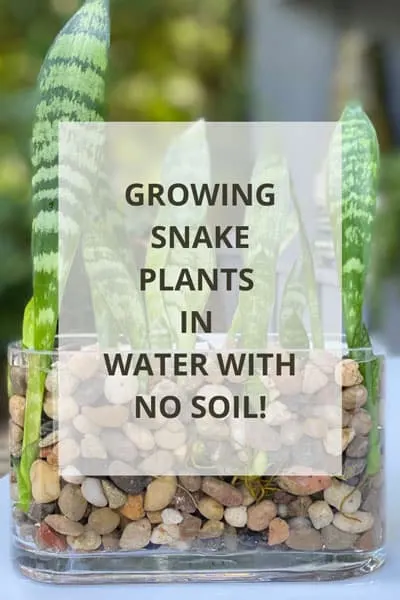
Before I show you what I did, there is one question that many people wonder, and it is…
Why Do Plants Rot in Soil that is Wet But Won’t Rot in Just Water?
This is a very valid question! If you are not interested in the answer to this question, scroll to the next section! It’s really interesting though!
It mainly has to do with the availability of oxygen at the root zone. Plant roots will take in oxygen from the water that is present in the soil.
If the soil is aerated, the water near the roots will absorb oxygen from the air. If on the other hand the soil is waterlogged, the air will have a hard time getting to the roots.
When the soil is always wet, there aren’t enough air pockets, and this will stress your plants because the roots can’t breathe. Especially if soil is too dense.
(Side note…adding perlite to soil makes it harder for root rot to occur since it introduces air pockets in your soil!)
In addition, there are also a lot of microorganisms in soil and this creates competition for oxygen. Once oxygen is depleted, it encourages various fungi to grow.
The fungi will then attack the weakened roots and cause rotting to occur.
In just plain water, there isn’t nearly as much competition for oxygen, and therefore, your plant will not rot.
Growing Snake Plants Hydroponically
I know someone who has had her snake plants growing in plain water for over a decade.
Just plain water with some pebbles and not even any fertilizer. She said that they weren’t exactly thriving, but they survived!
This got me thinking and I wanted to experiment with growing my water propagated snake plant pups hydroponically.
Except I wanted to improve on things just a bit and also include fertilizer in the routine so the plants look their best!
In this post, I’m not going to show how to transfer a soil grown plant into one that is hydroponically grown, but in the future, I will update this post once I get around to doing that.
Basically all you’re just going to wash all the soil off the roots. You would still follow same process in the rest of the post.
The steps I’ll show you below can work really for any plant that you’ve already rooted in water.
This specific post uses snake plants that I water propagated. The first thing I did was take my pups that I propagated in water and cut them off from the “mother” leaves.
Here is one of the leaf cuttings with a new pup growing on it!
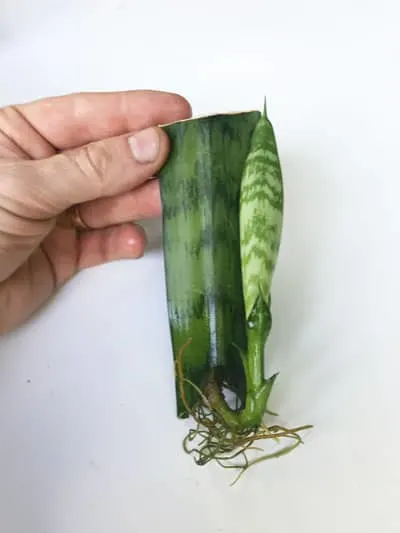
Next I simply took a pair of scissors and cut the pup off right where it was coming out of the leaf cutting.
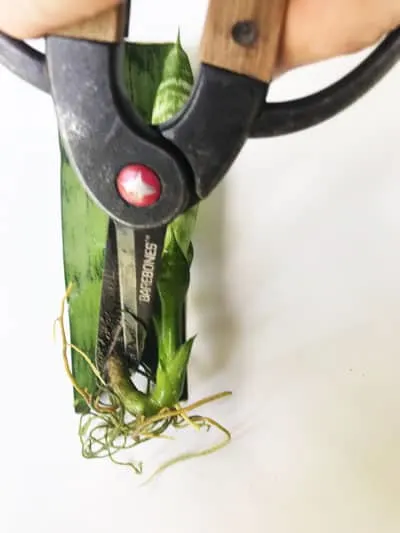
Now my pup is free!
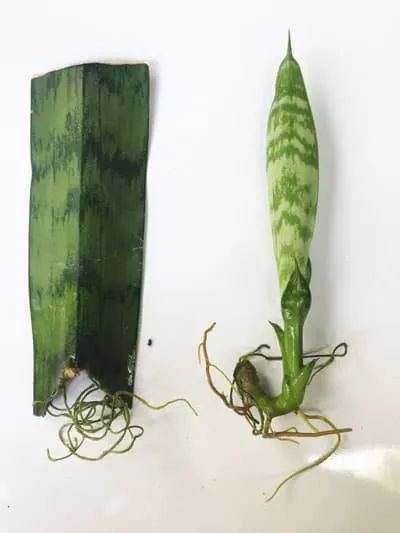
Right: Pup that I cut off
I repeated this process until I had several pups that I used for my hydroponic creation. If you wanted to read about my process of how I grew the pups, check out my blog post on how to propagate snake plant, or sansevieria, in water.
Next, choose a sturdy glass vase or pot without drainage holes that you will use to grow your snake plants hydroponically. I used a narrow, shallow glass container.
Note that algae will eventually form especially if you use a clear container, but I wanted to use glass so I can fill it with pebbles and make it pretty to look at.
I used Mosser Lee River Pebbles that you can easily get on Amazon. You don’t have to use any pebbles, but it will keep the plant sturdy and in place, and look much nicer!
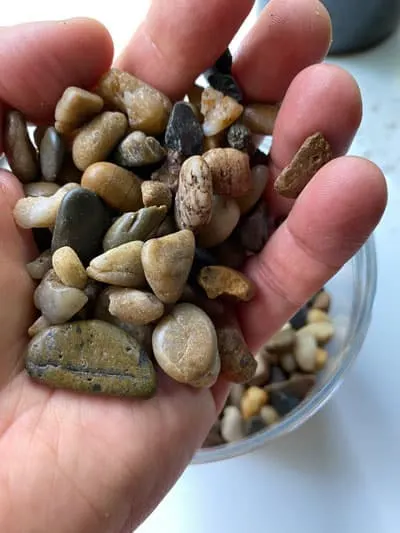
You can use materials other than river pebbles, but just make sure they’re safe for use for plants.
First I added some pebbles to the bottom of the glass container, and I started added the pups in one by one, and continued to add more pebbles and straightened them as I went.
I buried each pup approximately 2-3 inches or so into the pebbles.
It takes a little trial and error until you get an arrangement that you like!
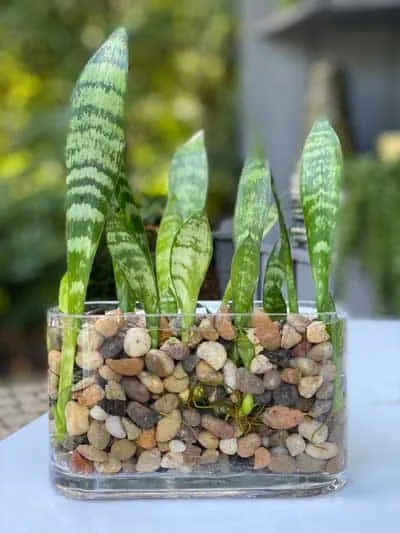
After you’ve added the pebbles, go ahead and add water so that the water level is a little under the surface of the pebbles.
The water I’m using is just plain tap water to which I’ve added a fertilizer that I absolutely love.
It is called Dyna-Gro Grow and it’s amazing!
If you just use plain water with no fertilizer, your plant won’t really be doing much and will eventually suffer. So it’s important to add a good fertilizer.
By the way, if you have a water softener system in your home, this is toxic to your plants so don’t use that!
I love Dyna-Gro Grow because it is a complete fertilizer that contains all the micro and macro nutrients that plants need, and it is urea-free so there is no fear of burning your plants if you use it as directed on the label!
The label for Dyna-Gro Grow indicates adding 1 teaspoon per gallon of water for non-recirculating hydroponic systems, so I simply mixed up a solution in a gallon jug.
I used a measuring spoon to measure out the fertilizer. ALWAYS measure both your fertilizer and water exactly in order to avoid problems!
When you’re done, just place your plant in a good location light-wise and you’re good to go.
I have my plant in front of an Eastern facing window. I will update this post as my plant progresses.
Routine Maintenance
Lastly, here are some tips for routine care at this point:
- Keep an eye out on the water level. It is OK if some of the water evaporates but don’t let it go completely dry! Keep topping it off with your fertilizer solution.
- In the winter, when light levels are low and plants aren’t growing much, if at all, stop using your fertilizer and just use plain water. Resume your fertilizer solution in the Spring.
- It is a good idea periodically, maybe once or twice a month, to change the water completely, instead of just topping it off. This will help keep everything fresh and clean.
- If you notice that the water is cloudy or smelly, chances are that something has rotted. Remove all the water, any rotted debris, and clean the container thoroughly. You can also add a piece or two of activated charcoal to keep the water cleaner and fresh.
- Algae will likely grow, especially if you have a clear container like I used for my project! Algae isn’t necessarily bad, but if it gets out of hand, simply take your plants out of the container and clean the container up with warm water and soap. Rinse it well, and place your plants back in the container.
RELATED CONTENT
24 Common Snake Plant Problems & Questions With Answers
13 Beautiful Types of Snake Plants to Grow
5 Fun Sansevieria Propagation Methods
Have you tried growing your houseplants hydroponically? Comment below. I’ve love to hear!

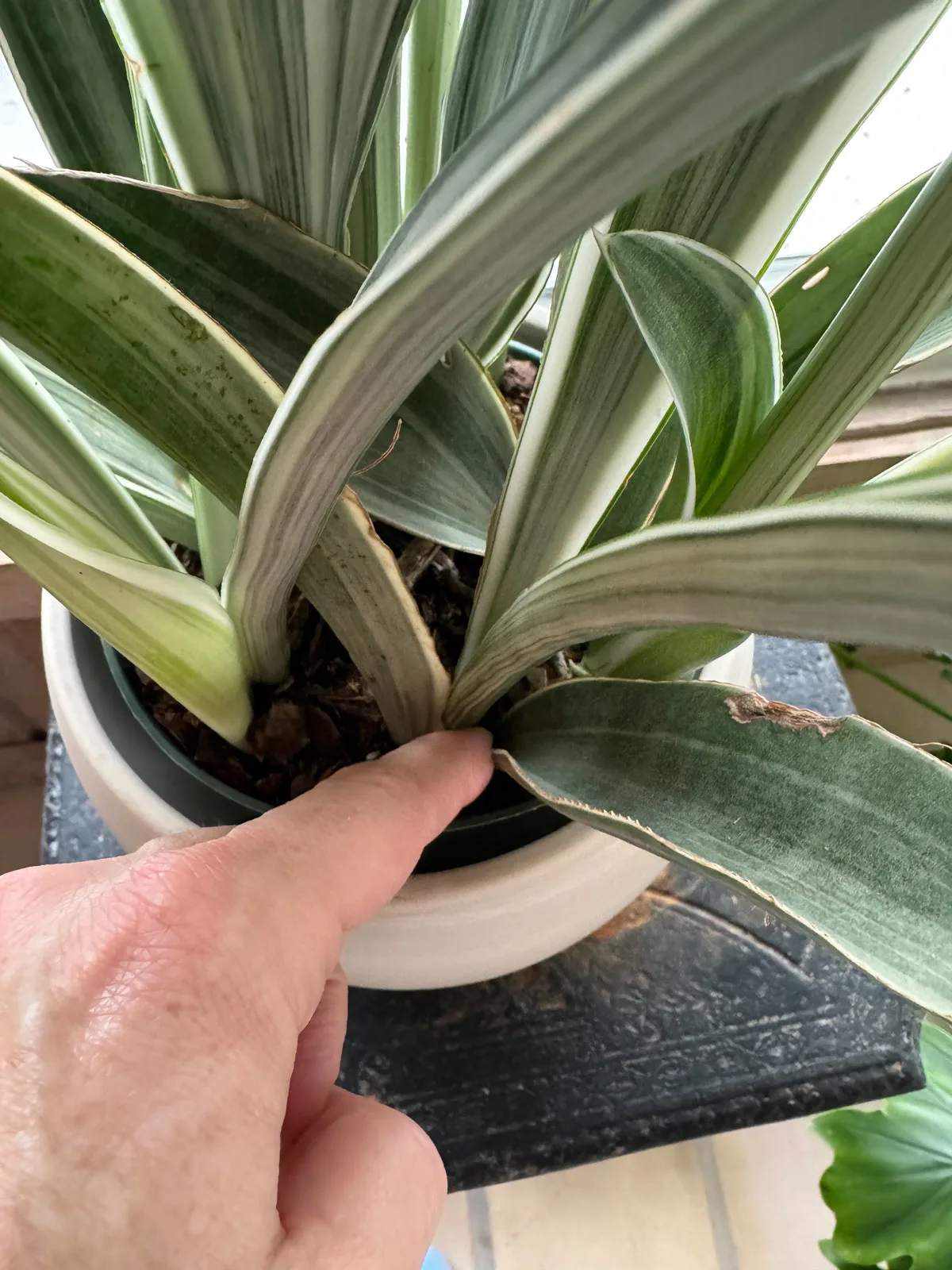
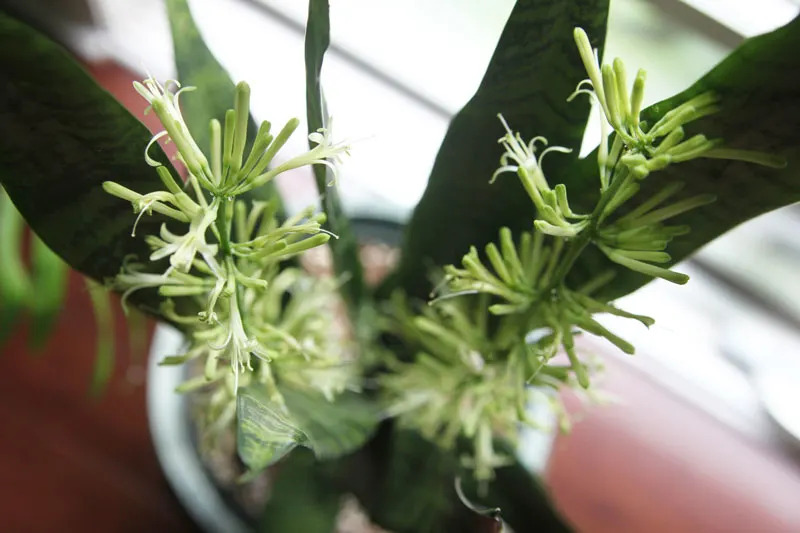
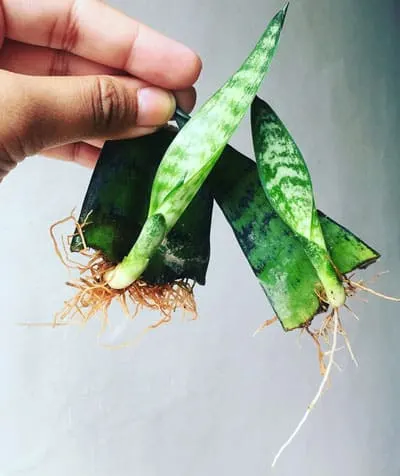
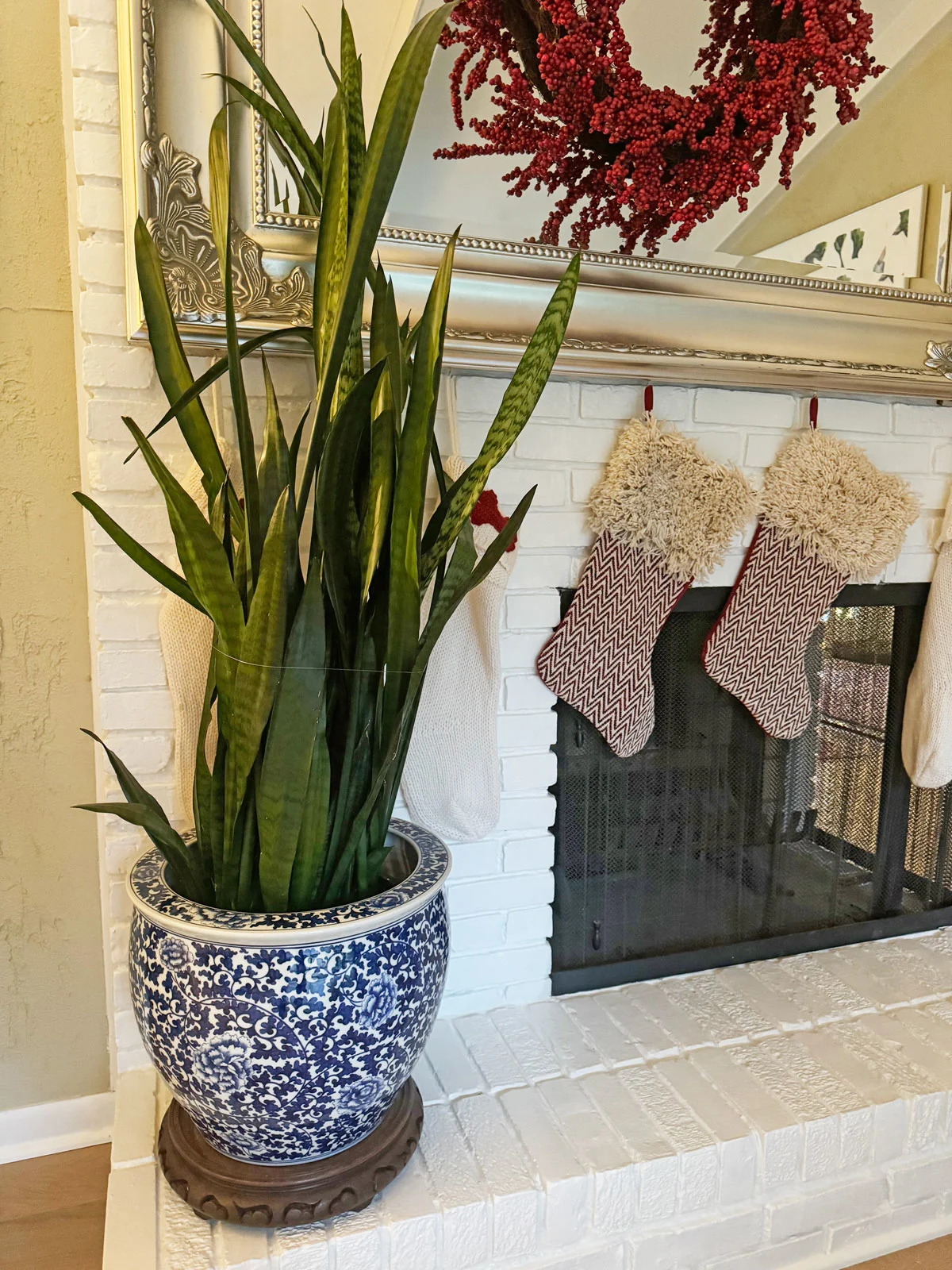
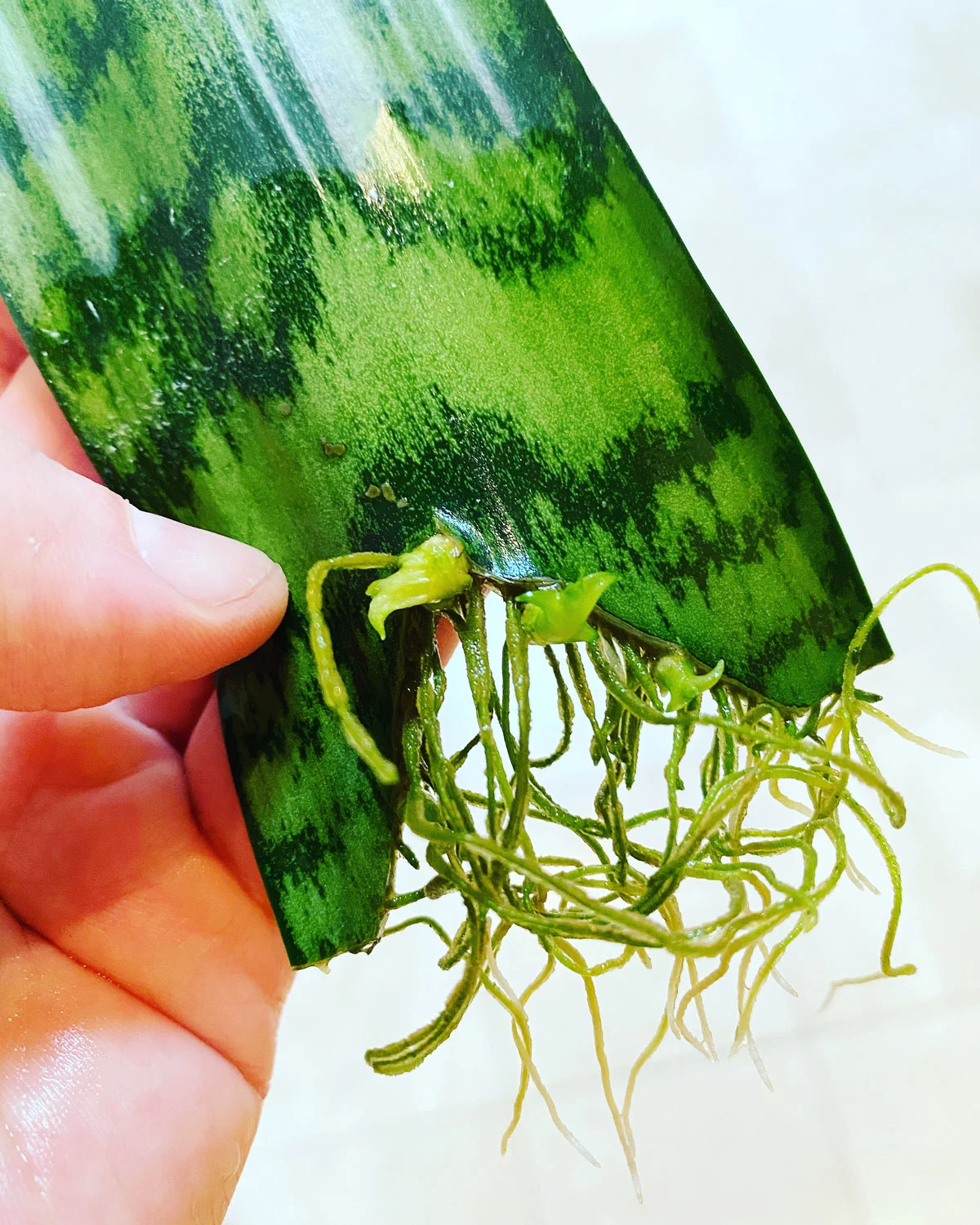
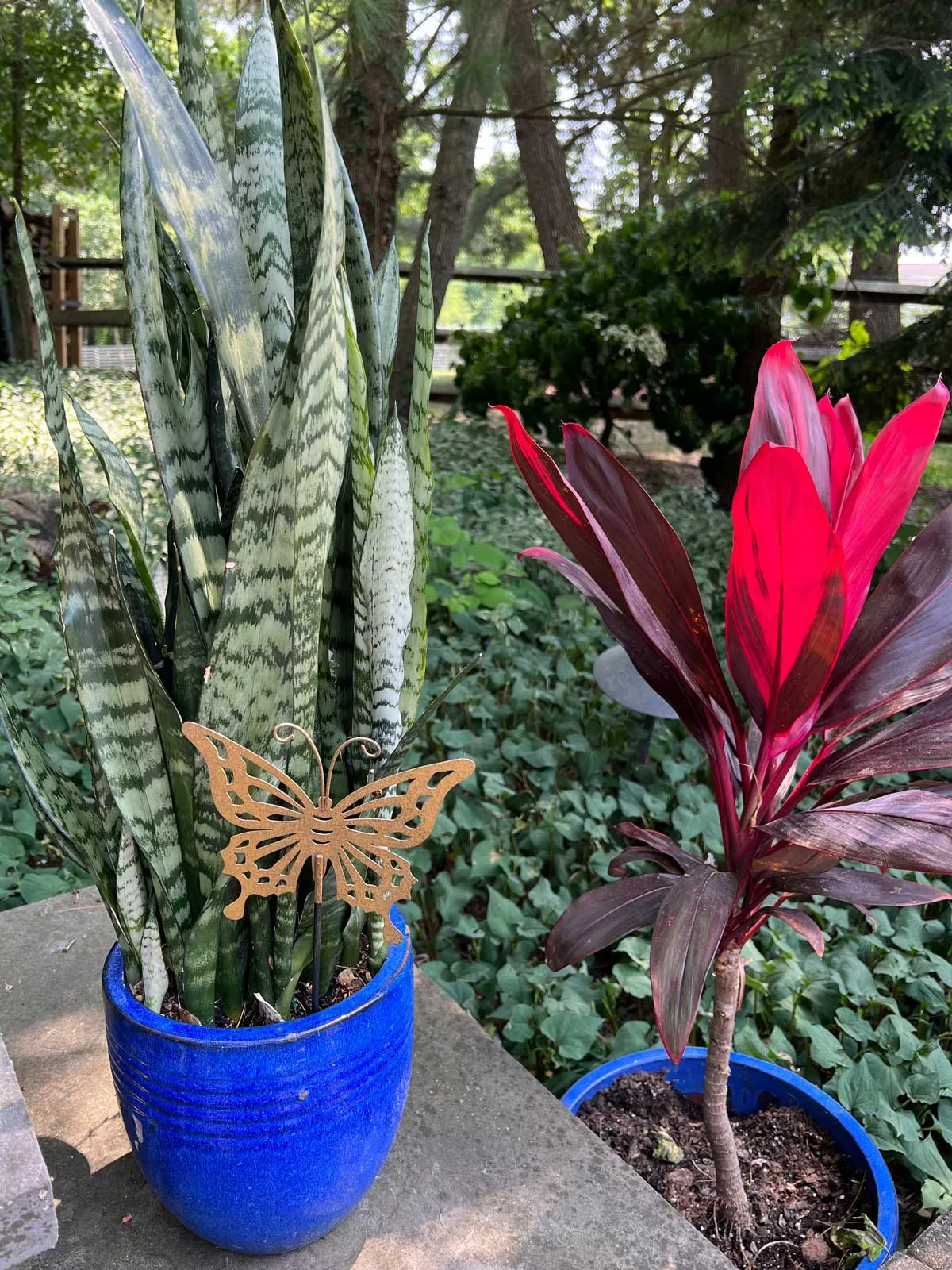
De
Sunday 22nd of September 2024
Can you send me a link to your YouTube
Raffaele Di Lallo
Sunday 22nd of September 2024
Here you go: https://www.youtube.com/ohiotropics
Lizette
Friday 20th of September 2024
Than you so much, I will plant my snake plants like this, it look Beutiful.
Raffaele Di Lallo
Saturday 21st of September 2024
You're very welcome!
Janie
Saturday 24th of February 2024
Helpful..hav trouble propagating many of my plants..
Raffaele Di Lallo
Saturday 24th of February 2024
Glad you found the post helpful! Good luck :-)
Jess
Saturday 27th of January 2024
Thank you so much for this blog! I felt so confident transferring my snake babies to the water life. I bought the fertilizer you recommended, and I'm hoping they love their new life in water!
Raffaele
Saturday 27th of January 2024
Glad you enjoyed the post Jess! Good luck! :-)
Pitette
Sunday 19th of November 2023
C'est super !! Très très intéressant merci du partage je vais essayer bravo
Raffaele
Monday 20th of November 2023
De rien! :-)